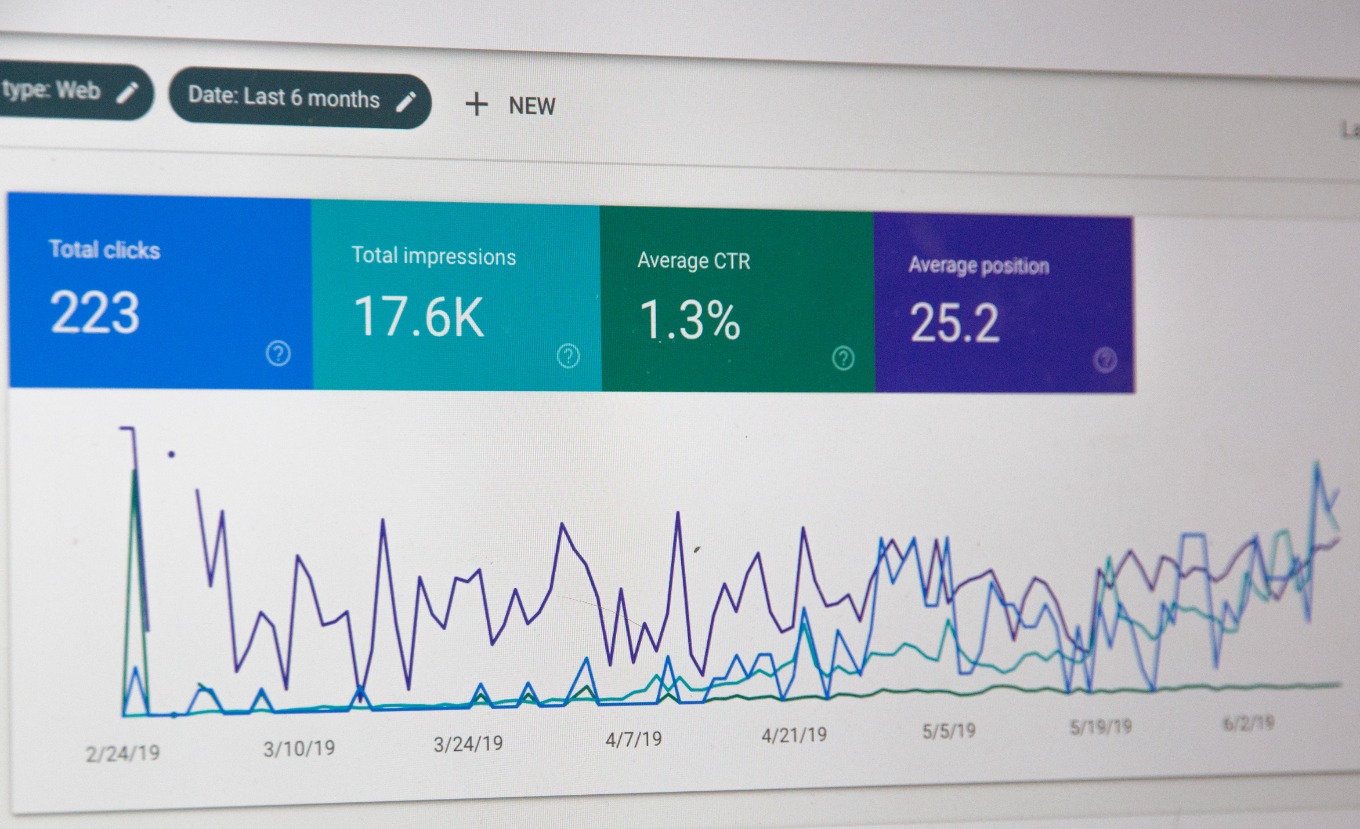How to Create a Budget for Your Dermatology Practice
In the intricate and often complex world of dermatology practice management, financial planning constitutes a cornerstone of sustained success. One of the most crucial aspects of this planning is the creation of a comprehensive and effective budget. A well-structured budget can set the trajectory for fiscal health and stability, directly influencing the overall viability and growth prospects of your practice.
From a macroscopic perspective, a budget is essentially a quantified financial plan for a defined period. It is a compass that guides your financial decisions, providing a snapshot of your projected income and expenses. In the context of a dermatology practice, it offers a strategic framework to make informed decisions about resource allocation, cost management, and revenue optimization.
The process of creating a budget requires a deep understanding of the various components of your practice’s financial ecosystem. It involves an in-depth analysis of your revenue streams, operating expenses, capital expenditures, and cash flow. This may sound daunting, but with methodical planning and judicious execution, it is a manageable task. Let's dissect this process.
Firstly, you need to take into account your income. In a dermatology practice, the primary source of income is patient service revenue, which includes payments from insurers and directly from patients. The income projection should be based on a robust analysis of historical data, market trends, and patient demographics. Advanced statistical methods like regression analysis and time series forecasting can be immensely useful in this regard.
After income, we shift our attention to the expense part. There are two broad categories of expenses in a dermatology practice- direct costs and overhead costs. Direct costs include expenses directly tied to patient services like medical supplies, drugs, and lab tests. Overhead costs, on the other hand, include rent, utilities, insurance, and staff salaries. A careful inspection of these costs, with an eye for identifying inefficiencies, is an integral part of budget preparation.
Capital expenditures - the costs associated with the purchase of long-term assets, such as medical equipment or facilities - are another crucial aspect to consider. These investments, though substantial, are necessary for ensuring the long-term operational efficiency and competitive advantage of your practice. A well-defined budget includes a plan for capital expenditures that aligns with your practice’s strategic goals.
Cash flow, the lifeblood of any business, is the next factor. It is the net amount of cash and cash-equivalents moving into and out of your practice. Cash flow management is all about timing - ensuring that you have enough cash on hand to meet your financial obligations. A well-crafted budget should incorporate a cash flow statement that projects your cash position at any given time.
One of the fundamental tenets of economics, the concept of 'Opportunity Cost', aptly applies here. Every financial decision you make has an opportunity cost - the cost of forgoing the next best alternative. While budgeting, it is important to weigh the benefits of a potential expense against its opportunity cost.
Creating a budget is not a one-time activity. It is an iterative process that should be regularly reviewed and updated to mirror the evolving realities of your practice. It involves continuous monitoring of actual performance against the budget, identifying variances, and making necessary adjustments.
The advent of technology has greatly simplified the budgeting process. Numerous software solutions and platforms, equipped with sophisticated algorithms and predictive analytics capabilities, are available in the market. While they offer great convenience and precision, one must be mindful of the tradeoffs. These include the cost of the software itself and the learning curve associated with using it.
In conclusion, creating a budget may seem like a challenging task, but its long-term benefits significantly outweigh the effort involved. A robust budget serves as a roadmap for financial success, offering valuable insights to make informed decisions about your practice’s growth and sustainability. Like the skin, it's all about layers - understanding each layer's intricacies and how they interplay will lead to a healthy financial complexion for your dermatology practice.
A well-structured budget can set the trajectory for fiscal health and stability, directly influencing the overall viability and growth prospects of your practice.






